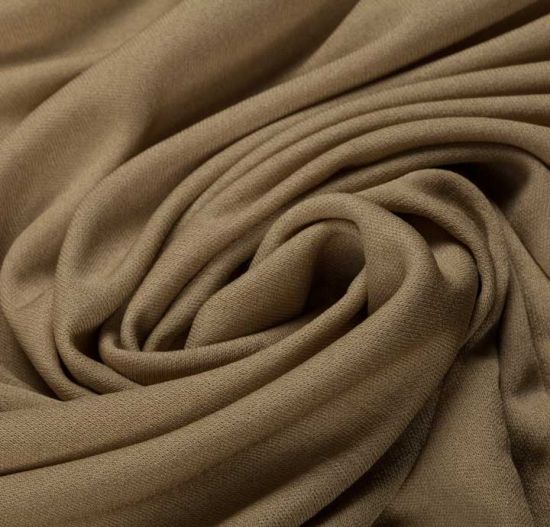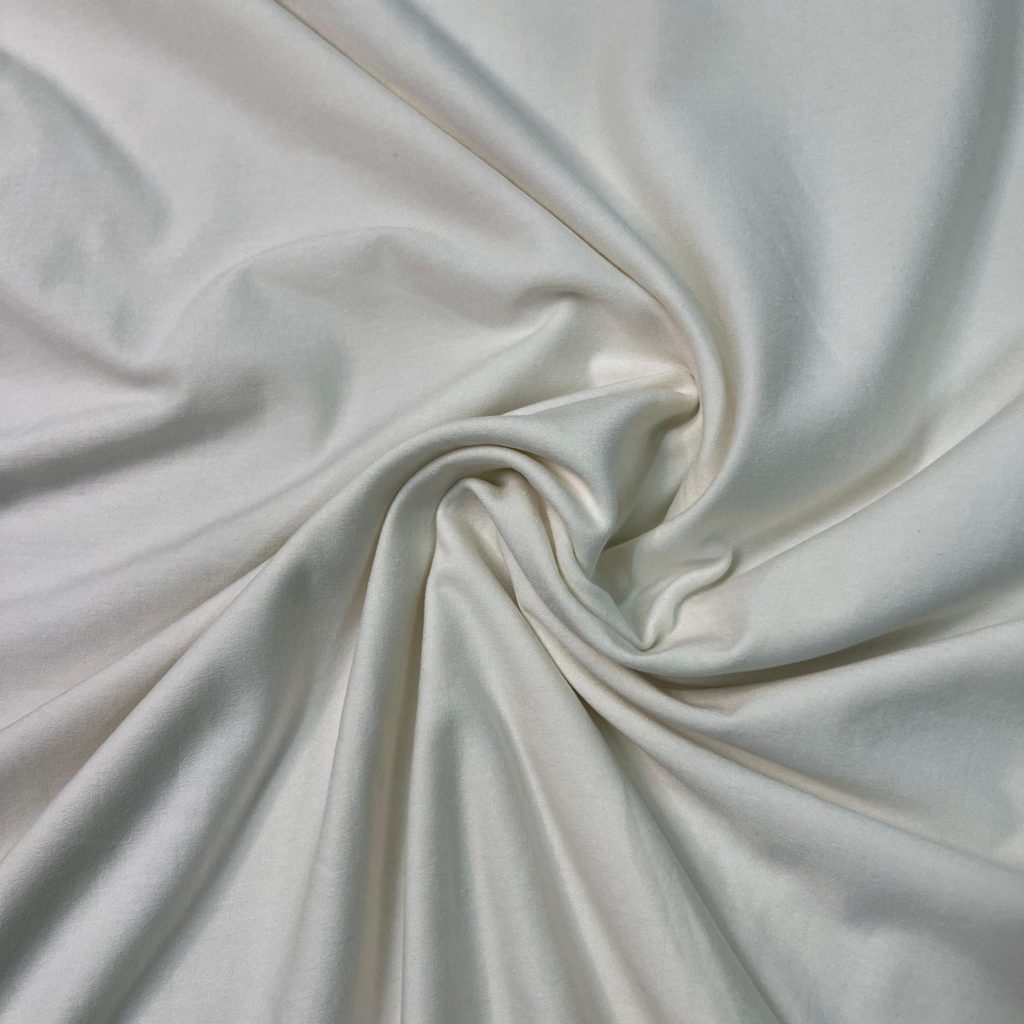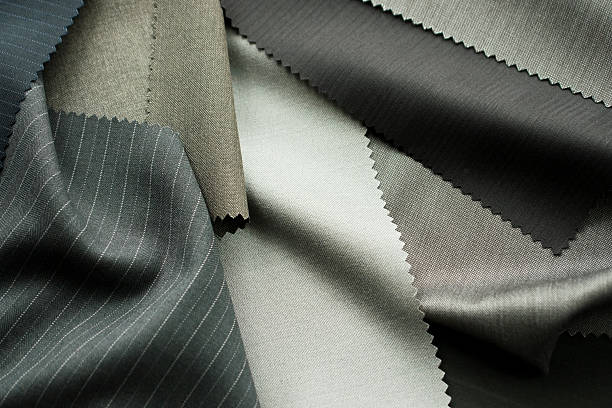In the vast and ever-evolving world of textiles, rayon stands out for its versatility, softness, and affordability. However, the real magic happens when rayon is blended with other fabrics. These blends enhance the properties of both materials, resulting in garments that offer the best of both worlds. This blog delves into the benefits of rayon blends, the most popular combinations, and how these innovative textiles are shaping fashion trends.
The Appeal of Rayon Blends
Rayon, a semi-synthetic fiber made from cellulose, is known for its silk-like feel, making it a popular choice for a wide range of apparel. When blended with other fibers, rayon’s properties can be significantly enhanced. For instance, adding cotton improves durability and breathability, while blending with polyester can increase strength and wrinkle resistance. These combinations allow designers to create garments that are not only beautiful and comfortable but also practical for everyday wear.
Popular Rayon Blends

Rayon and Cotton
This blend combines the softness and moisture absorption of rayon with the natural breathability and durability of cotton. Ideal for summer wear, rayon-cotton blends are comfortable, lightweight, and easy to care for.

Rayon and Polyester
By mixing rayon with polyester, manufacturers create fabrics that are durable, less prone to wrinkles, and retain their shape better over time. This blend is perfect for busy individuals who need their clothes to look good with minimal maintenance.

Rayon and Wool
Rayon adds a smooth, soft touch to wool, making it more comfortable against the skin. This blend is excellent for cooler weather, providing warmth without the itchiness sometimes associated with pure wool garments.

Rayon and Spandex
For clothing that requires stretch and flexibility, adding spandex to rayon creates a fabric that moves with the body. This blend is a favorite for activewear, leggings, and any apparel that benefits from a snug yet comfortable fit.
Enhancing Fabric Properties
Each rayon blend has its unique set of benefits, from enhanced durability and moisture-wicking properties to increased elasticity and color retention. “Advantages of Using Rayon in Textile Manufacturing” offers a deeper insight into why rayon has become a cornerstone in creating versatile and high-performance fabrics.
The Evolution of Rayon
Rayon’s journey in the textile industry is a fascinating one, marked by innovation and adaptation. “Exploring the history of Rayon in the Textile Industry” provides a comprehensive look at how rayon has evolved over the years, influencing fashion trends and manufacturing processes.
Understanding Rayon Varieties
Not all rayon is created equal. The fabric comes in several varieties, each with distinct characteristics. “The Different Types of Rayon: Viscose, Modal, and Lyocell” breaks down these differences, helping consumers and designers make informed choices about the materials they use.
Choosing the Right Material
For those navigating the complex world of textiles, “The Ultimate Guide to Clothing Material” is an invaluable resource. This guide covers the properties, uses, and care instructions for a wide range of materials, including rayon blends, empowering readers to choose the best fabric for their needs.
Conclusion
Rayon blends are at the forefront of textile innovation, offering a balance of comfort, aesthetics, and practicality. These blends are shaping the future of fashion, providing designers and consumers with fabrics that meet the demands of modern life.
For businesses and designers looking to explore the possibilities of rayon blends, locofast.com is your go-to source. With a comprehensive selection of high-quality fabrics, including the latest in rayon technology, Locofast is dedicated to helping you find the perfect materials for your projects. Discover how Locofast can enhance your textile sourcing and production processes, and bring your designs to life with the best of what rayon blends have to offer.
